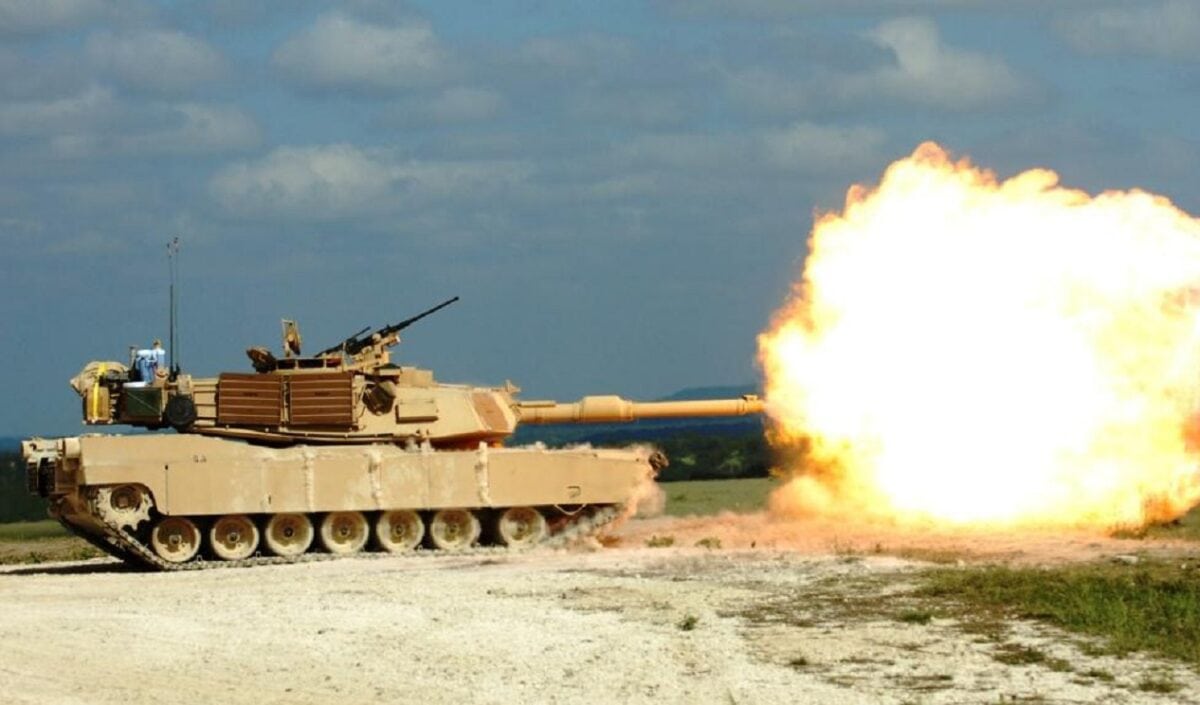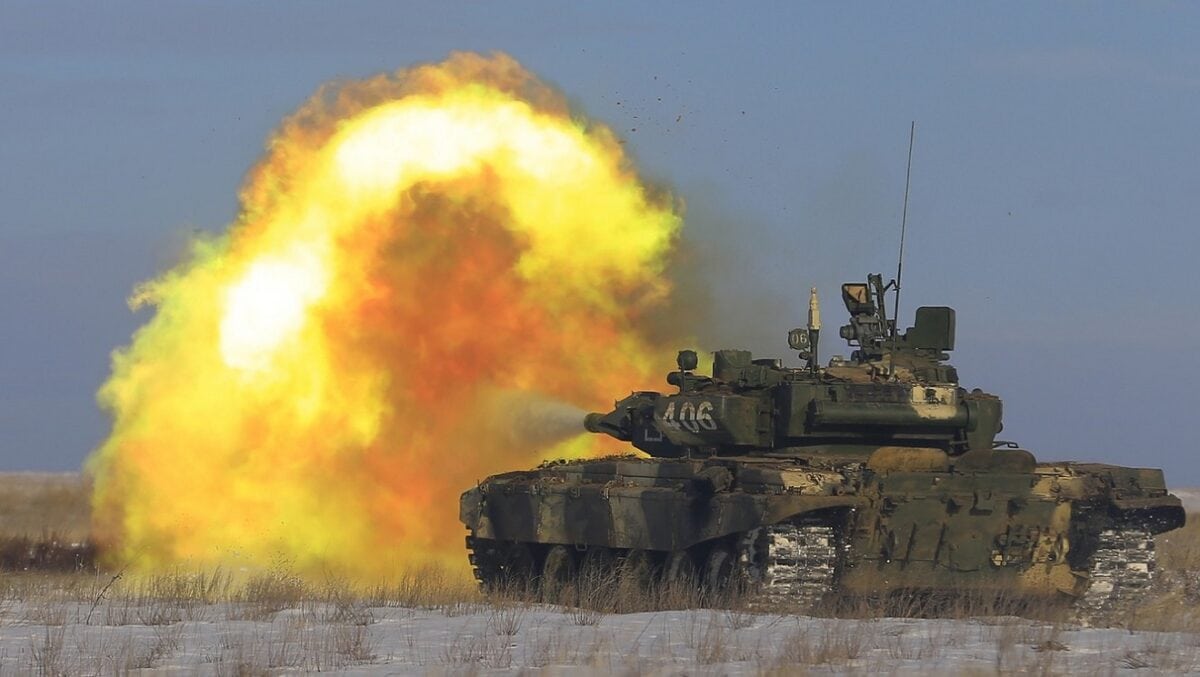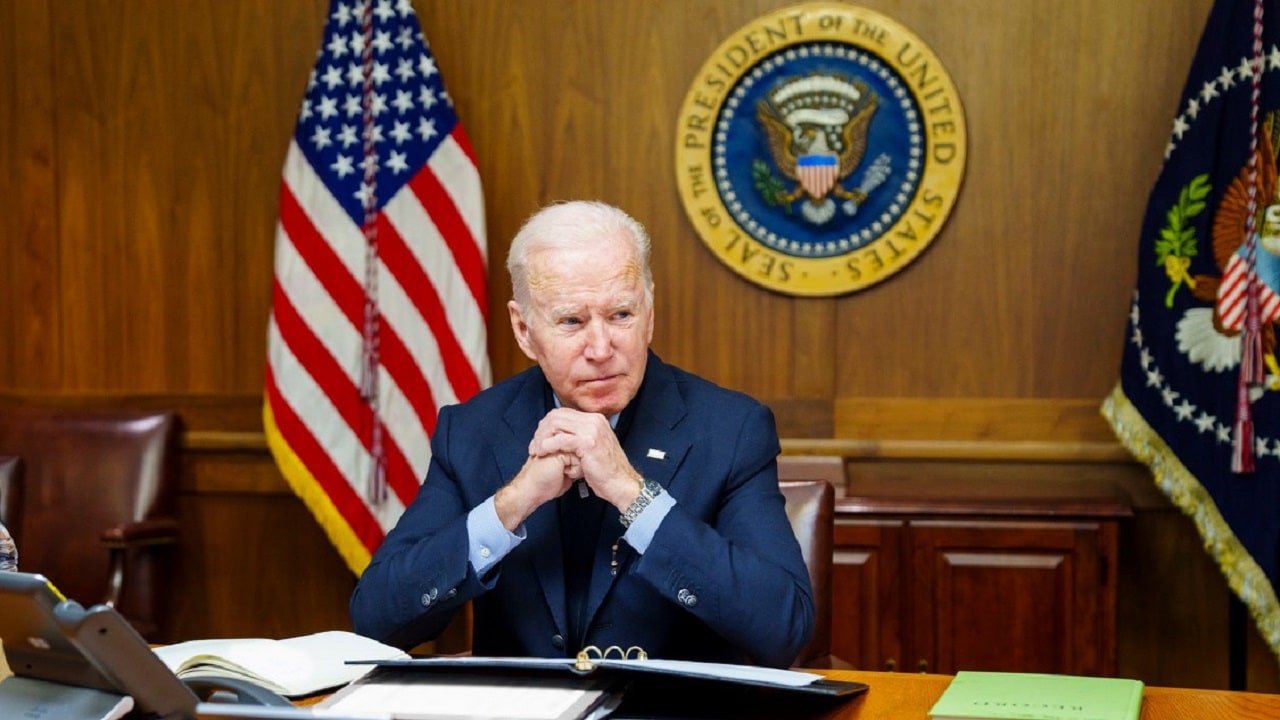Ever since the Obama administration announced America’s impending “pivot to Asia” in early 2012 there has been a palpable sense of anxiety among Europe’s political class that Washington was gearing up to end NATO’s free riding and demand the allies start acting responsibly when it comes to rebuilding their militaries. Since then, U.S. foreign policy elites have periodically revisited various formulas of “strategic rebalancing” away from the Atlantic to the Pacific to better position the country to face the rising Chinese threat. Today this view constitutes the dominant consensus in Washington. The Trump administration’s 2017 National Security Strategy and its 2018 National Defense Strategy prioritized China as the principal national security threat. The Biden administration has carried on in the same strategic direction.
Over the last ten years, op-eds, articles, policy papers, and books have worked essentially the same two-point problem set: (1) Asia, centered on the surging China, is tracking to replace the transatlantic community of democracies as the hub of the new international system, and (2) the United States needs to come to terms with the reality of its resource constraints that compel it to shift its attention increasingly to the Indo-Pacific and commit to great power competition with China at the expense of its historical ties with Europe. This binary imperative has morphed into a bipartisan point of departure for framing US foreign and security policy. By 2022 “China first” has acquired an air of inevitability. And yet, the Washington foreign policy conversation has been thrown into disarray by Russia’s military pressure on Ukraine and the attendant threat it poses to NATO, shifting U.S. attention to Europe once more. When it comes to even the best-crafted strategy, the adversary still gets a vote.
If history teaches us anything about state-on-state conflict it is that great imperial nations do not “pivot,” for the intricate network of relationships, commitments, and co-dependencies that undergirds their hegemonic position cannot be disentangled through a political fiat or by simply writing a new strategy. Rather, great powers persist in supporting the security architecture they have put in place so long as they have enough power to do so. In the end, the system can only be dismantled by an outright defeat. What has been missing from our conversation about American strategy going forward is the recognition that the United States still has sufficient resources to sustain its interests and system of alliances.
The current inflection point is largely due to the lack of clear purpose over the past three decades, and insufficient pressure within the extant alliance structure, especially NATO, to meet requisite capabilities targets. Today, rather than de-prioritizing the alliance that for the duration of the Cold War allowed it to prevent one hostile power from dominating Europe and the Eurasian landmass, and at the end brought about a resounding U.S. victory over the Soviet Union, Washington needs to refocus on forging a consensus in Europe on the nature of the threat that the Russo-Chinese alliance poses to democracies worldwide. No other strategy, including “rebalancing to Asia,” offers a pathway to victory, for it will inevitably divide the economic and military resources of the West confronted today by the hostile Sino-Russian alliance.
The ongoing theorizing over the past decade about a new strategic framework anchored predominantly in the Indo-Pacific rests on a skewed understanding of what constitutes America’s power and how it has evolved. The United States is a quintessentially naval power, an island on a continental scale blessed with an exceptionally secure neighborhood in our hemisphere, and through the vast coastal liminal unfettered access to the world ocean. Geography mandates that it continue to project power both West and East, regardless of how new technologies and new-in-principle weapons might yet again redefine warfare. American superpower status during the Cold War and its brief three post-Cold War decades of de facto global hegemony has rested on its dual anchors across the Atlantic and the Pacific. Today America cannot abandon the Atlantic vector anymore than it could disregard the Pacific region during the Cold War, for, in either case, the inevitable result would be to reverse two centuries of the country’s outward rise across the two oceans into Europe and Asia. This bidirectional national security framework remains the sine qua non of American power and prosperity. Just as much as Europe is America’s gateway to Eurasia, so are the Pacific islands of Japan and Taiwan, the Korean Peninsula and the Australian continent the unsinkable aircraft carriers positioned off the coast of China and Russia.
Proponents of an “Asia first” American national security strategy often cite economic growth projections, population trends, interdependent manufacturing, and supply chain networks in order to lend the new strategy an air of eminent rationality, even inevitability. They argue that China must become America’s principal focus because of the size of its GDP, because of the very size of the Asian market, because in the future (near or more distant depending on who makes this assertion) Asia will constitute 50% plus of the global economy, because the People’s Liberation Army will soon eclipse the U.S. Army in terms of both size and capabilities, while the People’s Liberation Army Navy will put to sea an all-new submarine and surface fleet, to include a cutting edge aircraft carrier fleet to eclipse America’s. Perhaps. But today 75% of trade coming to Europe still flows across the Atlantic, and all the sea lanes of communication across the world ocean are protected by the U.S. Navy. Likewise, the combined economic and technological resources of Europe and America dwarf what China and Russia can bring to the table.
Last but not least, although China is rapidly modernizing its forces, they – especially the People’s Liberation Army Navy – are no match for the U.S. fleet, and are unlikely to catch up anytime soon. In short, now that the United States has finally abandoned its preoccupation with counterterrorism operations that tied down the Joint Force for two decades, it is well-positioned to restore its military for state-on-state high-intensity conflict, with each year bound to shift the balance of power in America’s favor. Our adversaries are keenly aware of that, hence the urgency with which Putin and Xi seek to exploit what they see as their current moment of strategic opportunity.

Image: Creative Commons.
Some “Asia first” proponents have gone so far as to recommend that rather than competing to restore our military capabilities, Washington should seek to do a “Nixon/Kissinger in reverse,” whereby we somehow entice the Russian Federation to break its alliance with China and side with the United States and the West in our quest to contain and eventually defeat the PRC. Considering Putin’s priorities near-term, which are to restore the Russian imperial state, for now, this strategy is a purely theoretical exercise. Statecraft and practical foreign and security policy-making are not a puzzle set where we can arrange pieces on the board to fit an eminently rational design if it lacks the necessary tools to implement it. Today the United States cannot offer Russia what it wants, i.e., the deconstruction of the transatlantic security system. Furthermore, Putin sees his alliance with Xi as an essential element of his strategy, for by creating a two-front crisis, one in Eastern Europe the other in the Indo-Pacific, he can fight for concessions in Europe.
America’s relatively weakened position is less a function of our depleted resources than it is a result of the emergence of the Sino-Russian alliance against the U.S.-led global order. Most of all, it is a result of the flawed American strategy of the past three decades that diverted the nation’s resources and reformatted its military for counter-terrorist operations in secondary theaters, while neglecting the fundamentals of great power statecraft and allowing the misguided globalist ideology to shift our technological and manufacturing base to China to the detriment of America’s national security. Although the various strategies for “pivoting to Asia” may appear on paper an attractive solution to America’s current security dilemmas, the truth is that in the great game of geopolitics there are precious few shortcuts.

Russian T-90 Tank Firing. Image Credit: Creative Commons.
Today the United States’ security dilemma rests on the hard realities of shifting power balances worldwide. America must decide whether it wants to compete to sustain the system of alliances it put in place post-1945, or if it will indeed pull back and ultimately out of Europe, and eventually also out of the Western Pacific. Withdrawing either from Europe or Asia would mark the beginning of the waning of American power. Withdrawing from both theaters would be synonymous with America’s defeat and its return to being a regional player in the Western Hemisphere. The resources of the United States and its allies both in Europe and Asia are nowhere near so depleted today as to consider either of those outcomes.
For the United States to regain its strategic footing it must commit sufficient resources to realign the Joint Force so as to give it the capacity to fight two major theater wars simultaneously. It also must not just ask but demand that our allies in Europe field real exercise military capabilities or forfeit Washington’s protection. Only then will America reclaim sufficient strategic latitude to secure the homeland and project power globally as needed. The challenge the United States and its allies in Europe and Asia face today is not one of power deficit, but rather of the wasteful expenditure of resources drained by a reactive post-9/11 strategy that for two decades sidetracked the country into secondary theaters on a spurious belief that the scourge of terrorism could be extirpated by various “regime change” and “democracy and nation-building” projects. Our strategy going forward should not be predicated on a false choice of “Asia vs. Europe,” but should rest on the simultaneous effort to strengthen our position at home through re-shoring of our manufacturing base, cutting China’s access to our research labs and universities, and most of all by reinvesting in our alliances in those two critical theaters.
Andrew A. Michta is Dean of the College of International and Security Studies at the George C. Marshall European Center for Security Studies in Garmisch, Germany. He is also former a Professor of National Security Affairs at the US Naval War College and a former Senior Fellow at the Center for European Policy Analysis in Washington, DC.
The opinions expressed here are those of the author and do not reflect the official policy or position of the George C. Marshall European Center for Security Studies, the U.S. Department of Defense, or the U.S. government.

